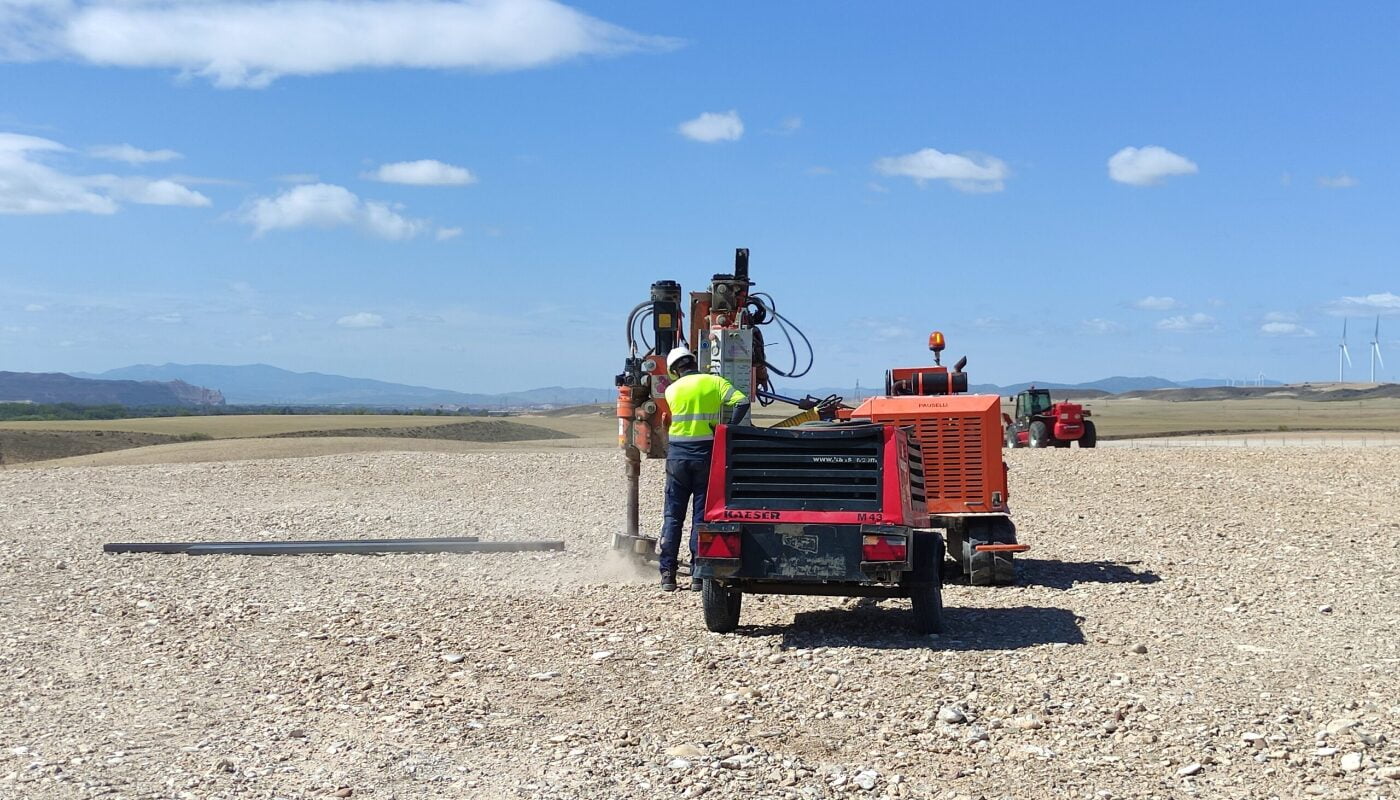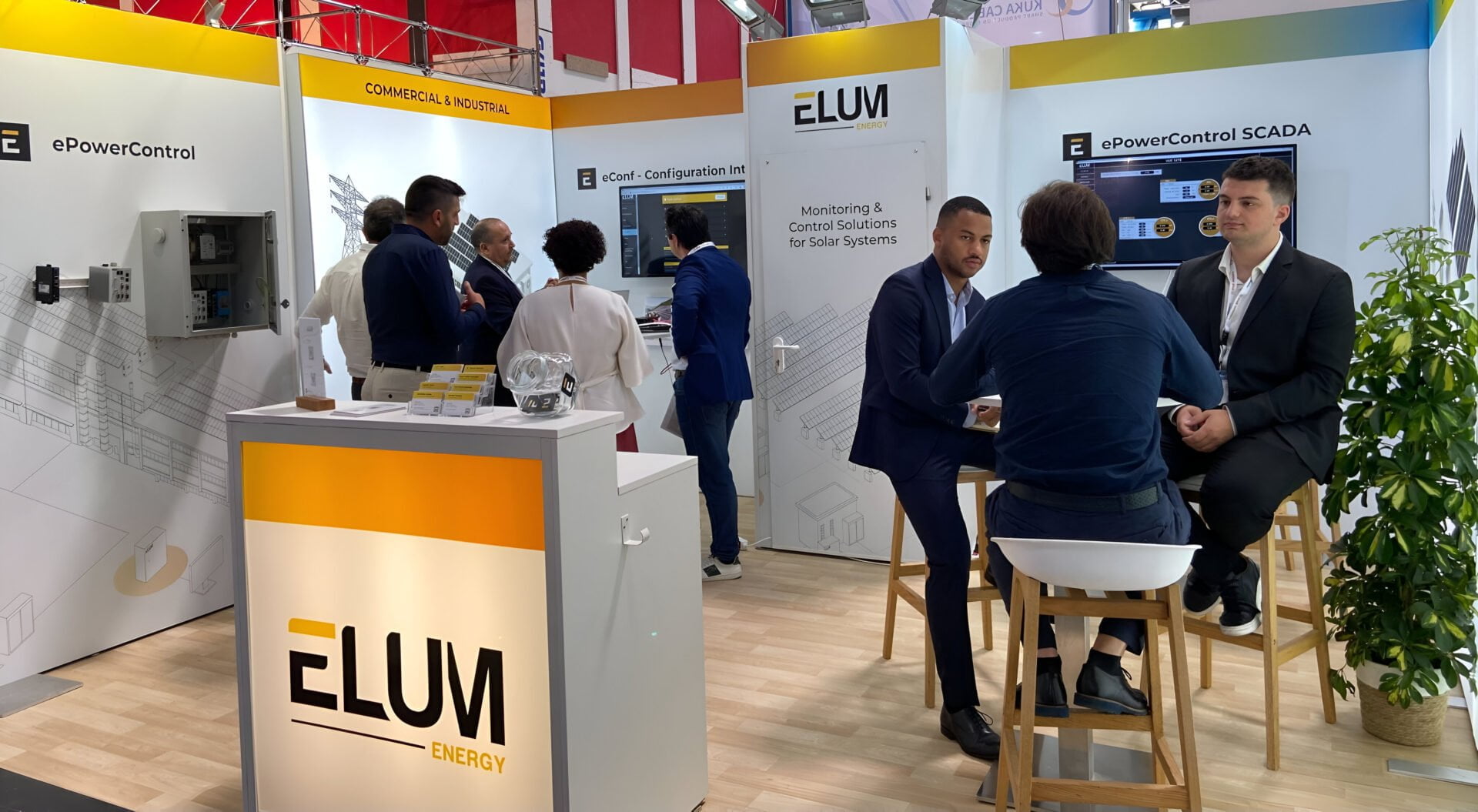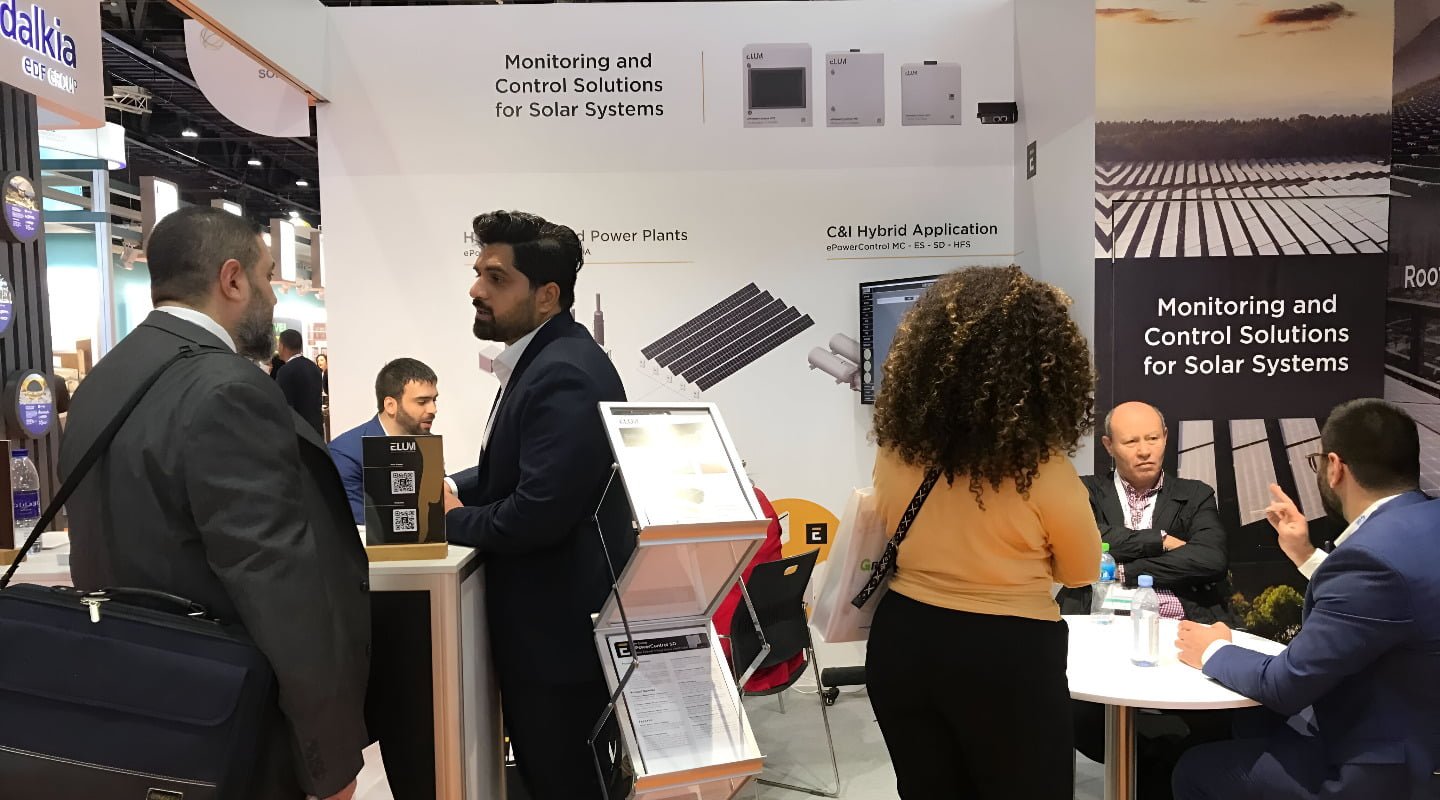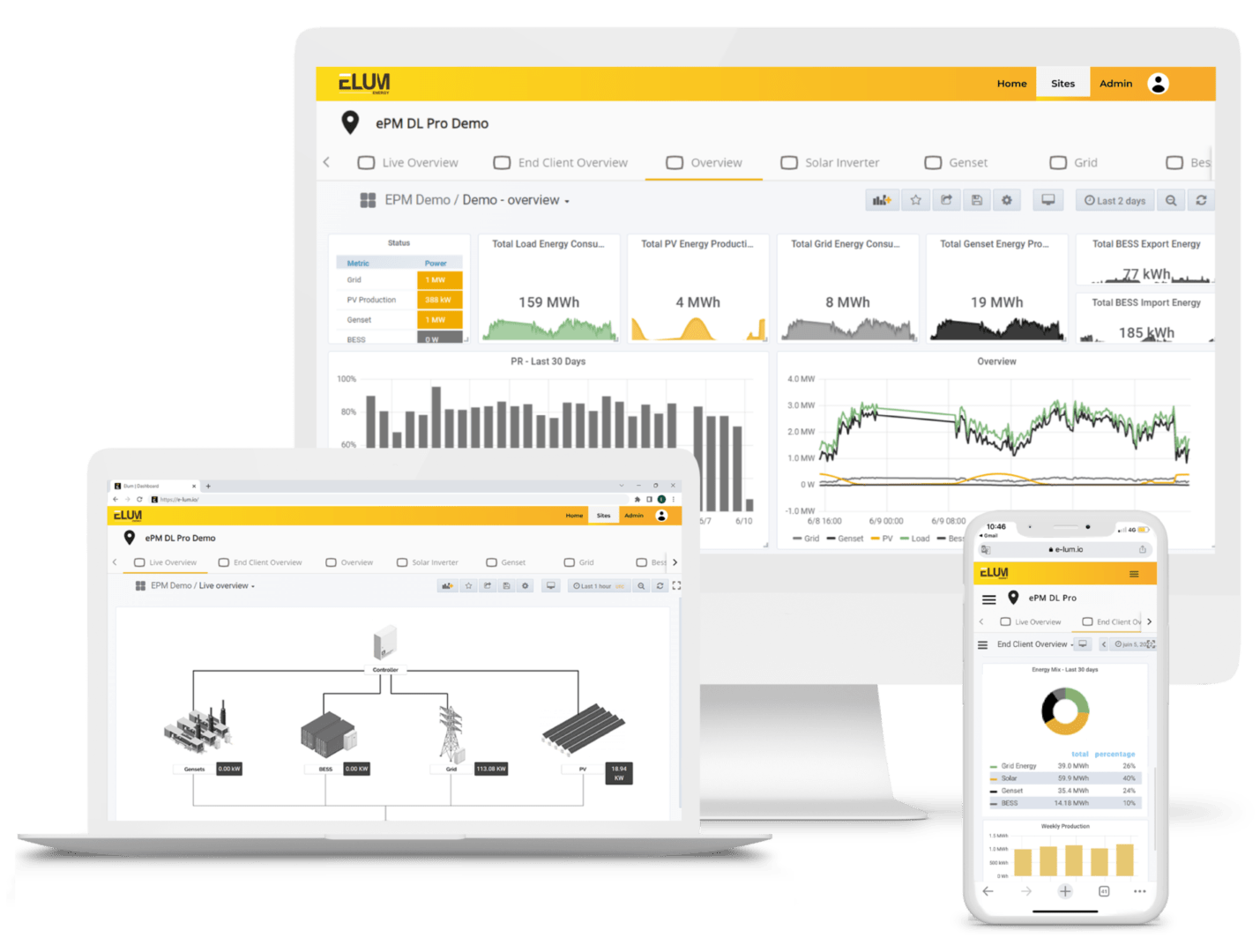Everything a Solar EPC Should Know About Diesel Generators
In emerging markets, facilities like factories, medical centers, schools, and remote communities rely heavily on a stable power supply to function effectively. When the national grid is unreliable, end users often turn to diesel generators as a dependable backup solution.
Diesel generators can be integrated into a range of electrical configurations, including off-grid systems and areas with weak or unstable grid connections. They are primarily used as a backup power source during grid failures or load shedding.
For many Solar EPCs, incorporating diesel generators into solar installations is often necessary. But what are the key characteristics of a diesel generator? And what should be considered when integrating solar power with diesel backup systems?
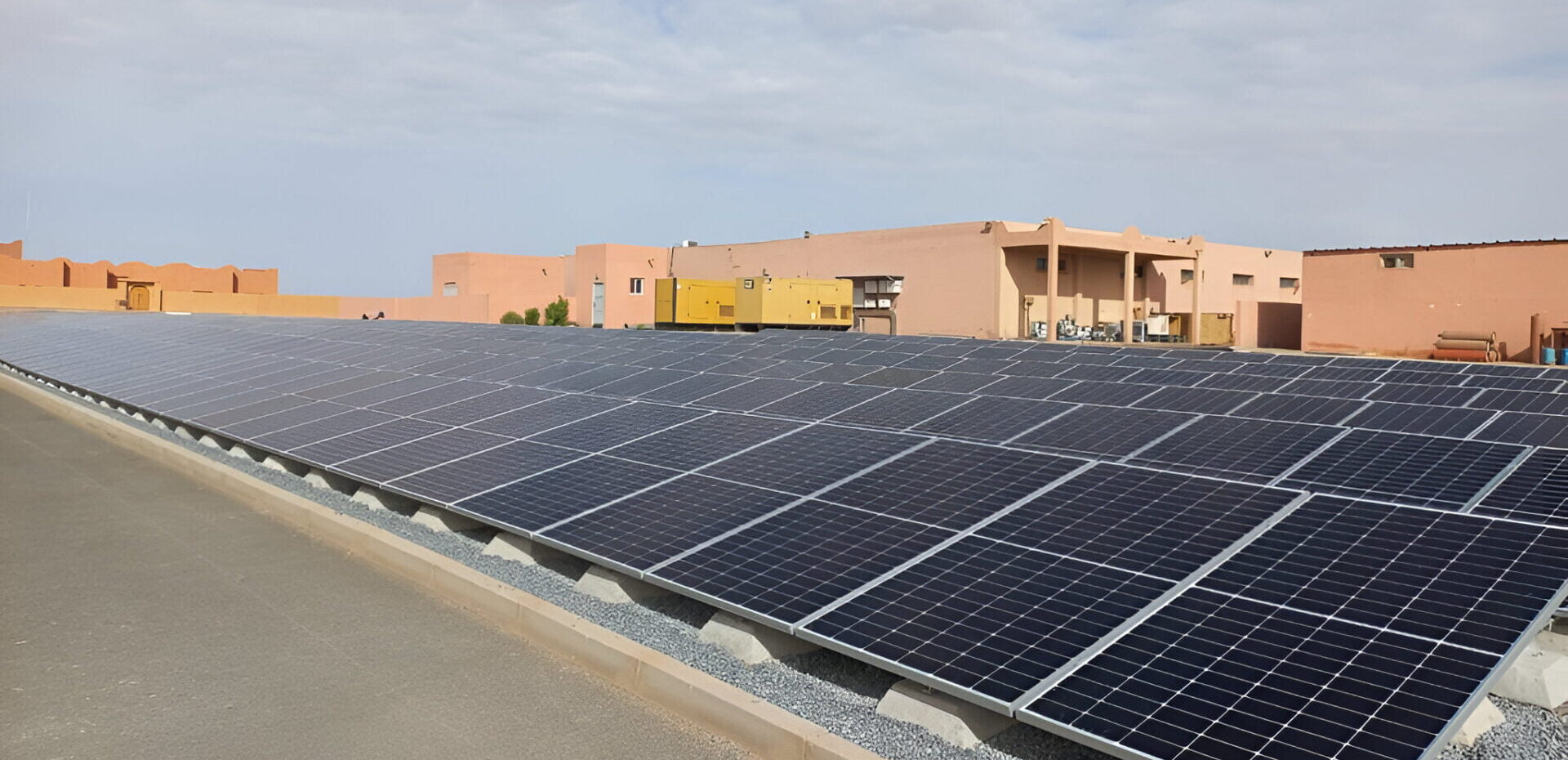
1. Combustion-driven Power
Diesel fuel is ignited inside the engine’s combustion chamber, creating mechanical energy through controlled explosions. This mechanical energy then turns the engine’s crankshaft, which spins the alternator. The alternator converts this rotational motion into electrical power, providing a reliable energy source for various applications.
2. Ideal for Remote Applications
Often used in off-grid or “Islanded mode” systems, diesel generators are commonly integrated into solar EPC projects to ensure energy availability in isolated locations. Explore a use case in Nigeria that integrates solar and diesel power in both off-grid and grid-tied applications.
3. Phase Options
Available in both single-phase and three-phase versions, allowing you to choose the appropriate type based on your site’s specific electrical configuration and power requirements.
4. Durable and Long-lasting
Diesel generators typically provide greater durability and a longer operational lifespan compared to gasoline-powered models, making them a more reliable choice for continuous or heavy-duty power needs.
5. Noise Considerations
Operation can be noisy due to engine vibration, but many models come with acoustic enclosures that help reduce the sound for quieter performance.
6. Adaptable power sizing
Generators can be selected based on the specific power demands of a site, making them highly customizable.
7. Fuel efficiency
The fuel consumption rate per kilowatt is an important factor when evaluating operating costs and overall efficiency. To further understand how diesel generators work and interact with battery storage systems in hybrid setups, explore our advanced guide to Battery Energy Storage Systems.
In solar EPC projects, successfully integrating solar with existing diesel generators, requires a controller such as the ePowerControl solutions. Here are the main elements that you need to know:
- In backup mode, an automatic transfer switch (ATS) is typically required to electrically isolate the grid from the diesel generator, ensuring safe operation during grid outages
The solar PV system should be installed downstream of the ATS, enabling operation in both grid-tied and islanded modes - The lack of a generator controller on your system can be offset by the installation of meters connected to ePowerController controllers
- Integrating an uninterruptible power supply (UPS) with the ePowerControl system or meters helps maintain power availability during transitions between energy sources
- Installing a protection relay allows you to avoid solar backfeed
- Monitoring the Genset allows you to support maintenance as you can visualize the fuel level to prevent theft and then organize refueling
- To ensure efficient combustion and prevent wet stacking, it’s recommended to run the generator above a minimum load—typically around 30% of its nominal power. This setting should be configured in the ePowerControl controller. Some modern gensets, however, may support lower loads if correctly set up
- When sizing your solar system, account for the generator’s minimum load requirement. As a guideline, maintain a load of at least 30% of nominal capacity unless the genset is designed for lower loading
1. Extended compatibility
Elum controllers are able to communicate with most of the inverters available in the market as well as most the diesel generators controllers as long as they communicate in Modbus.
2. Minimum genset loading
Elum controllers monitor each genset and, if needed, curtail PV power to ensure that each active genset operates above a minimum load to avoid low-speed and poor fuel combustion.
3. Monitoring Platform
ePower Monitor is a data-visualization platform tailored for multi-energy multi-sites supervision & management. Using a hybrid fuel saver controller can optimize fuel consumption by intelligently managing the power distribution between the solar panels and the diesel generator, ensuring maximum efficiency and cost savings.


